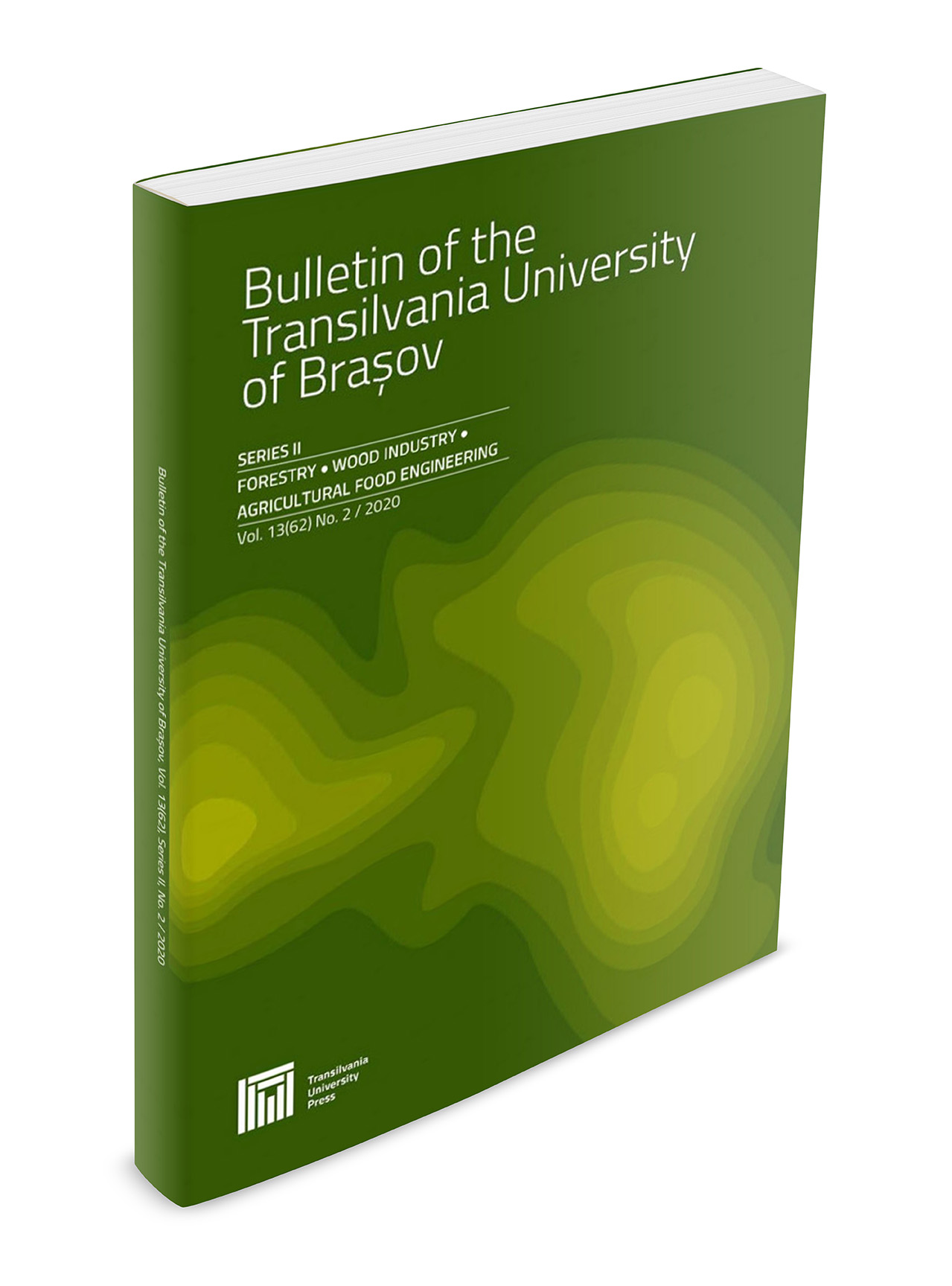Sensory Assessment of Sauerkraut Using a Non-Numeric Approach Based on Multi-Criteria and Multi-Person Aggregation
DOI:
https://doi.org/10.31926/but.fwiafe.2020.13.62.2.10Keywords:
cabbage, salt concentration, fermentation, sensory, non-numericalAbstract
The purpose of this study was to perform the sensory assessment of sauerkraut after a seven-day fermentation with various salt concentrations by using a non-numerical approach based on multi-criteria and multi-person aggregation. The criteria of sensory assessment included flavour, colour, taste, texture, and overall acceptance with a salt concentration variation of 2.25% (alternative 1), 2.50% (alternative 2), 7.50% (alternative 3) and 12.50% (alternative 4). The study results showed that the sensory assessment using a non-numerical approach based on multi-criteria and multi-person aggregation had successfully determined the best decision from various material treatment alternatives. The best decision according to people’s acceptance was the sauerkraut with a 2.25% salt concentration (alternative 1) and 2.50% salt concentration (alternative 2) with a ‘like slightly’ (LS) decision, while the sauerkraut with a 7.50% salt concentration (alternative 3) or the one with a 12.50% salt concentration (alternative 4) was ‘neither like nor dislike’ (NT). Overall, it shows that the salt concentration variation in sauerkraut resulted in different acceptance patterns based on sensory assessment.



